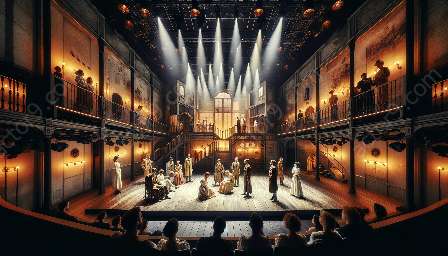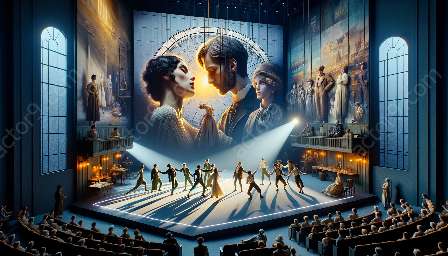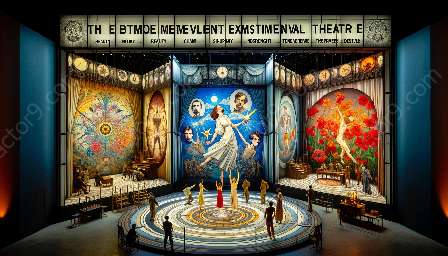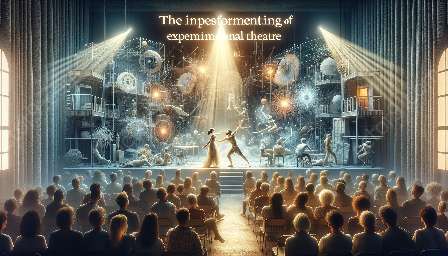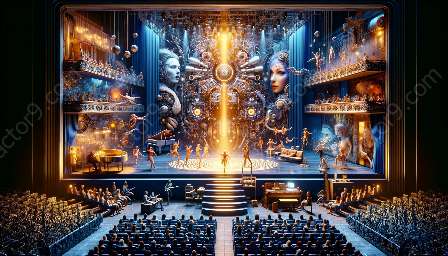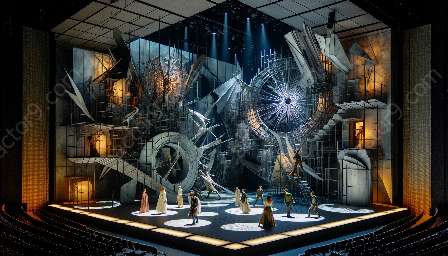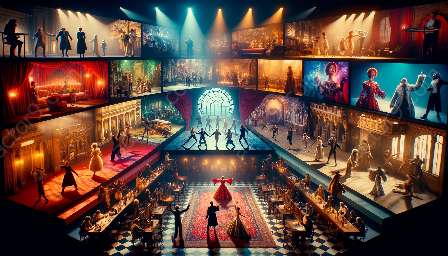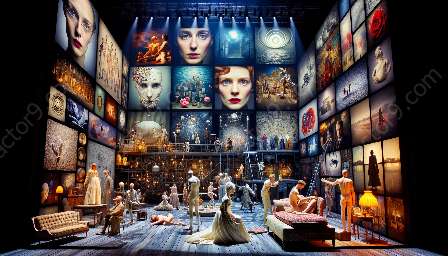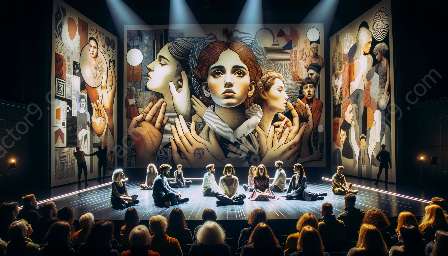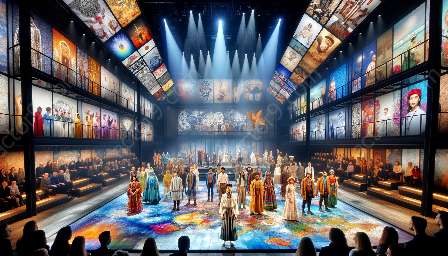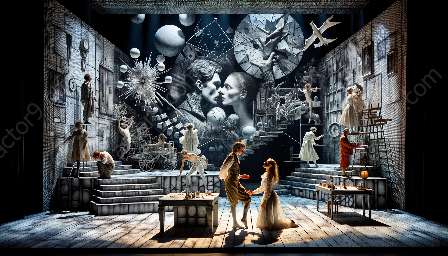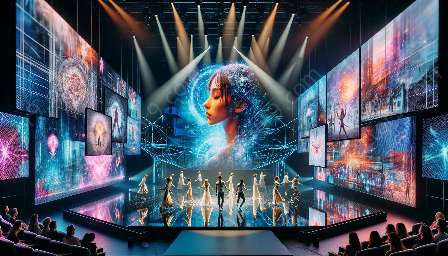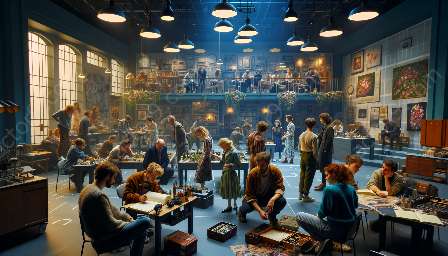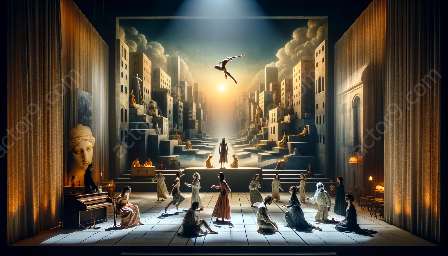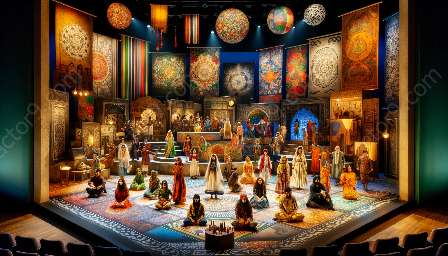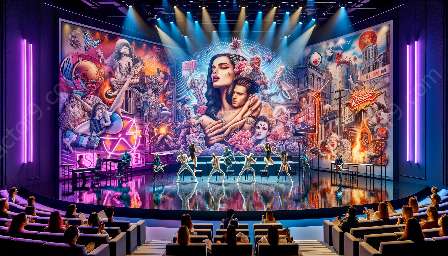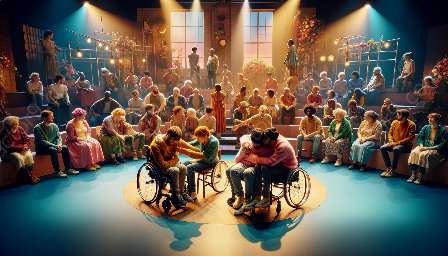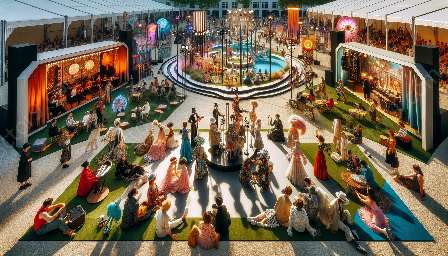Experimental theatre thrives on pushing boundaries and challenging traditional forms of storytelling. One way this is achieved is through the incorporation of non-linear storytelling techniques. This article will explore the implications of using non-linear storytelling in experimental theatre, with a focus on its impact on inclusion and the experimental theatre scene as a whole.
Non-Linear Storytelling in Experimental Theatre
Traditional storytelling typically follows a linear progression, with a clear beginning, middle, and end. Non-linear storytelling, on the other hand, disrupts this linear structure by presenting the narrative in a non-chronological order. This can involve fragmented narratives, multiple perspectives, or parallel storylines.
Challenging Conventions
By incorporating non-linear storytelling, experimental theatre challenges conventional storytelling norms and offers a fresh, dynamic approach to narrative construction. This departure from traditional linear narratives encourages audiences to engage more actively with the performance, as they piece together the story in a non-traditional manner.
Exploring Multiple Realities
Non-linear storytelling allows for the exploration of multiple realities within a single performance. This can create a sense of ambiguity, complexity, and depth, inviting the audience to consider different perspectives and interpretations of the narrative.
Implications for Inclusion
Non-linear storytelling can have significant implications for inclusion in experimental theatre. By breaking away from linear narratives, non-linear storytelling opens up opportunities for diverse voices and perspectives to be represented on stage. This can create space for underrepresented and marginalized narratives to take center stage, promoting a more inclusive and diverse theatre landscape.
Empowering Marginalized Voices
Experimental theatre that incorporates non-linear storytelling can provide a platform for marginalized communities to share their stories in innovative ways. By embracing non-linear narratives, theatre makers can challenge dominant cultural narratives and amplify the voices of those who have been historically silenced or overlooked in traditional linear storytelling.
Engaging Diverse Audiences
Non-linear storytelling has the potential to appeal to a wider range of audience members, including those who may feel disconnected from more traditional linear narratives. By offering alternative narrative structures, experimental theatre can engage diverse audiences and create a welcoming environment for individuals from various backgrounds.
Impact on the Experimental Theatre Scene
The incorporation of non-linear storytelling in experimental theatre has far-reaching implications for the overall theatre scene, influencing artistic practices, audience experiences, and the evolution of theatre as a form of cultural expression.
Pushing Artistic Boundaries
Non-linear storytelling challenges theatre artists to think outside the box and push the boundaries of what is possible in theatrical performance. This emphasis on innovation and experimentation contributes to the richness and diversity of the experimental theatre scene, fostering a culture of artistic risk-taking and exploration.
Expanding Creative Dialogue
The use of non-linear storytelling sparks creative dialogue within the theatre community, encouraging collaboration and exchange of ideas. As theatre artists experiment with new narrative structures, they contribute to the evolution of storytelling techniques and inspire fresh approaches to theatrical expression.
Cultural Impact
Non-linear storytelling in experimental theatre not only impacts the artistic landscape but also has broader cultural implications. By embracing diverse and non-traditional narratives, experimental theatre contributes to the enrichment and diversification of cultural discourse, challenging societal norms and fostering empathy and understanding.

